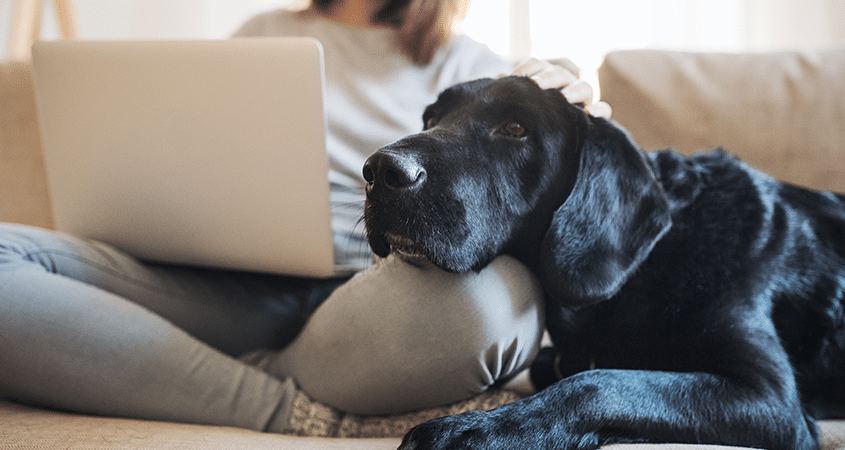How did dog training really begin? Nobody knows for sure, of course, but in my mind’s eye I see a group of ancient humans and canines, roaming the plains together thousands of years ago and working cooperatively to find food, water, and safe shelter. Some people imagine that whatever the very first dog “trainers” did back over five thousand years ago involved some kind of force, but I’m not so sure about that. I’m more aligned with the theory that some more docile, doglike wolves ingratiated themselves with early humans as much as we co-opted them. I picture that first curious “psychologist” or behaviorist of dogs realizing that a playful puppy would do anything for a piece of food or a stick—and of course there were no pet stores back then! Maybe the puppy would bring some of those things back and the human would tug on them and entertain both himself and the puppy at the same time. So there were two of a dog’s biggest motivations right there on display—play drive and food drive.
And then, obviously, the dog’s strongest motivation was prey drive—how do I go out and work for my food? That was where these animals gave us our really important lessons. Whoever that pioneer “dog handler” may have been, I’ll bet you that his first thought wasn’t about all the different ways he could educate the animals. He wasn’t worrying about which leash to use, which theory to follow, or which treats to offer. I’m certain he was far more focused on finding out what those amazing proto-dogs were able to teach him. How did they work together to lead their pack to the closest prey? How did they track, stalk, surround, and take down the prey? How did they know to go in the direction of the nearest water? How could they be so alert to dangerous predators, long before the human sentries could hear a beast or an enemy coming near?
These early dog men and women may have realized something that modern dog owners and trainers sometimes forget—almost everything we are able to “train” a dog to do really derives from that dog’s natural instincts. Far beyond finding a better way to get a dog to sit or roll over or stop jumping on visitors at the door, it is my belief that the future of dog training will look more like the way this art and science might have begun—with our dogs, using their amazing inborn talents, teaching us.
So many of a dog’s abilities are far superior to the high-tech solutions we keep dreaming up when we try to copy what a dog does naturally. Our challenge in the future will be, not to teach the dogs to do what we want, but to learn from what they are already doing—and finding better ways to help them communicate their innate knowledge to us. And the beautiful thing is that our dogs want to work with us! That’s why it’s so crucial that we honor their instincts and help our dogs to fulfill their instincts. That is the real way to a well-behaved dog.











